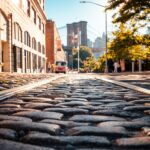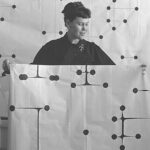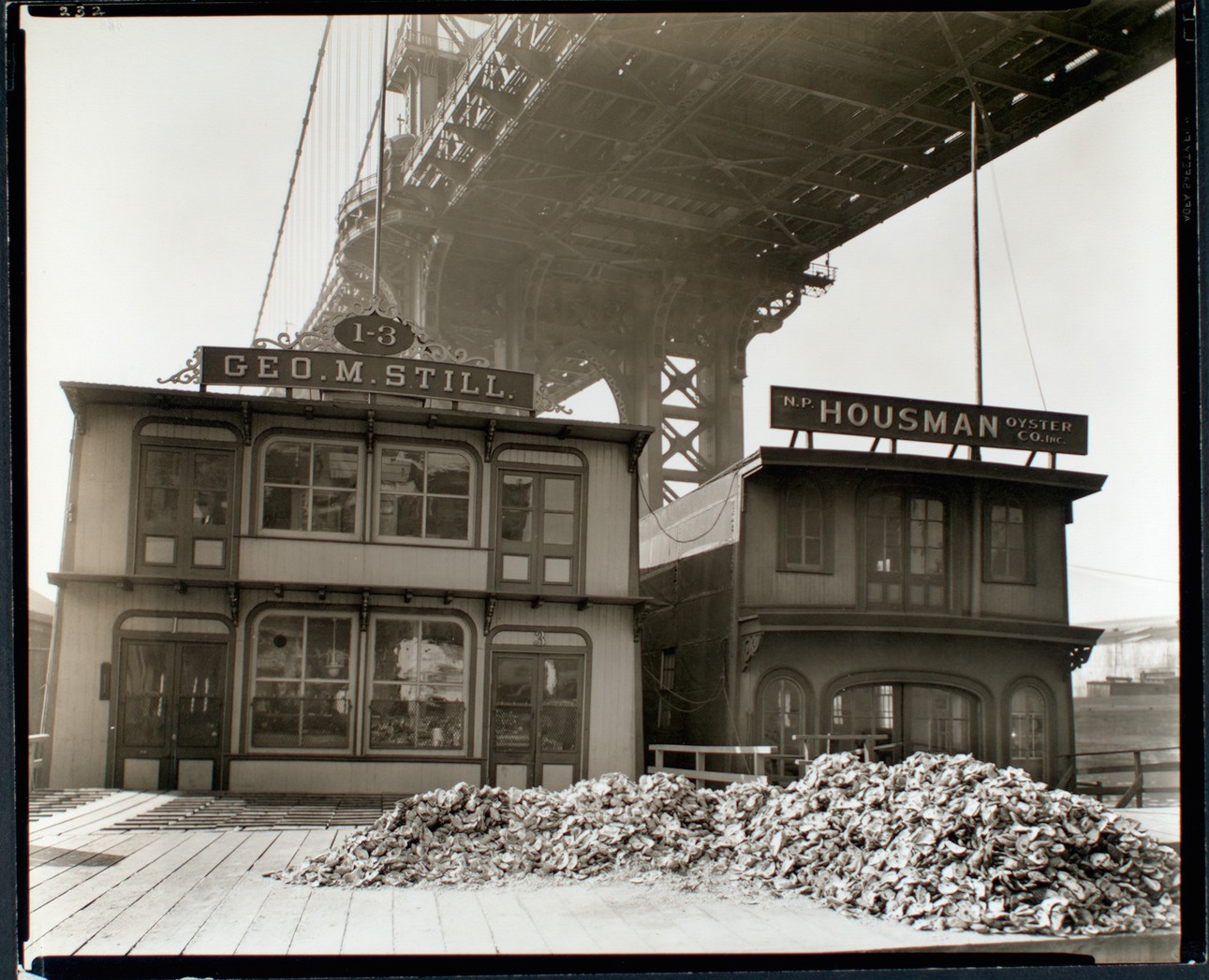
American-born Berenice Abbott’s work was exhibited alongside that of Man Ray, André Kertész, and others in Paris. Man Ray introduced Abbott to Eugène Atget, a pioneer of documentary photography, noted for his determination to capture all of the architecture and street scenes of Paris before their disappearance to modernization. Abbot was very taken with the work of Atget and photographed him the year of his death in 1927, after which she would buy a large part of his archives. In 1929, she returned to America to find a promoter for Atget’s photographs in New York, but she also found a city on the verge of change. Abbott realised the enormous photographic potential of documenting the old New York before it was torn down. With a hand-held Kurt-Bentzin camera, she began photographing New York City with the diligence and attention to detail she had so admired in Eugène Atget. She spent six years working on the project independently before she could get financial support from an organization. Her work has provided a historical chronicle of many now-destroyed buildings and unrecognisable neighbourhoods of Manhattan. known as Changing New York. Held by the New York Library today, her archive contains more than 2,200 variant prints representing most of the 302 images contained in Abbott’s definitive version of the project, Changing New York.
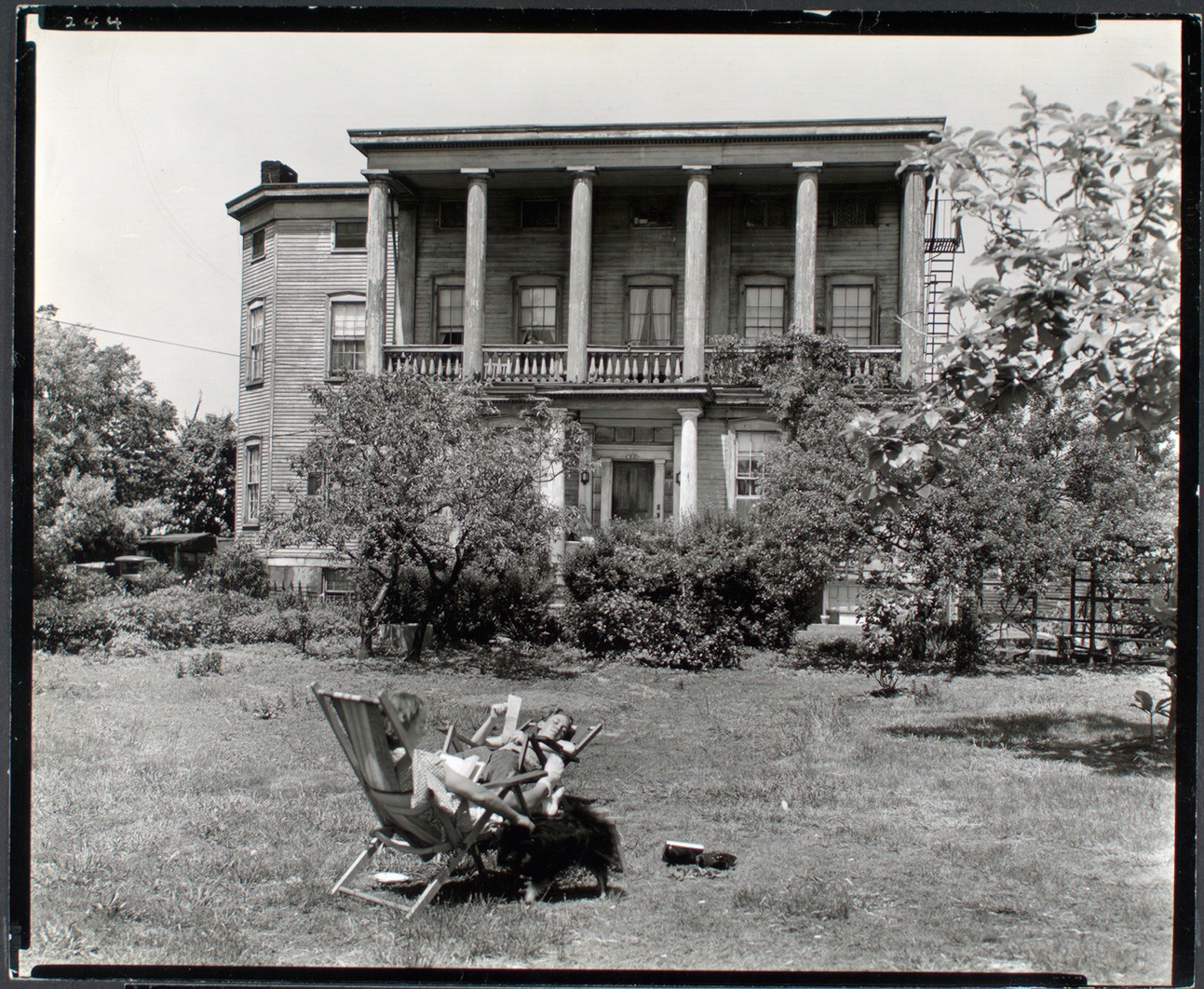
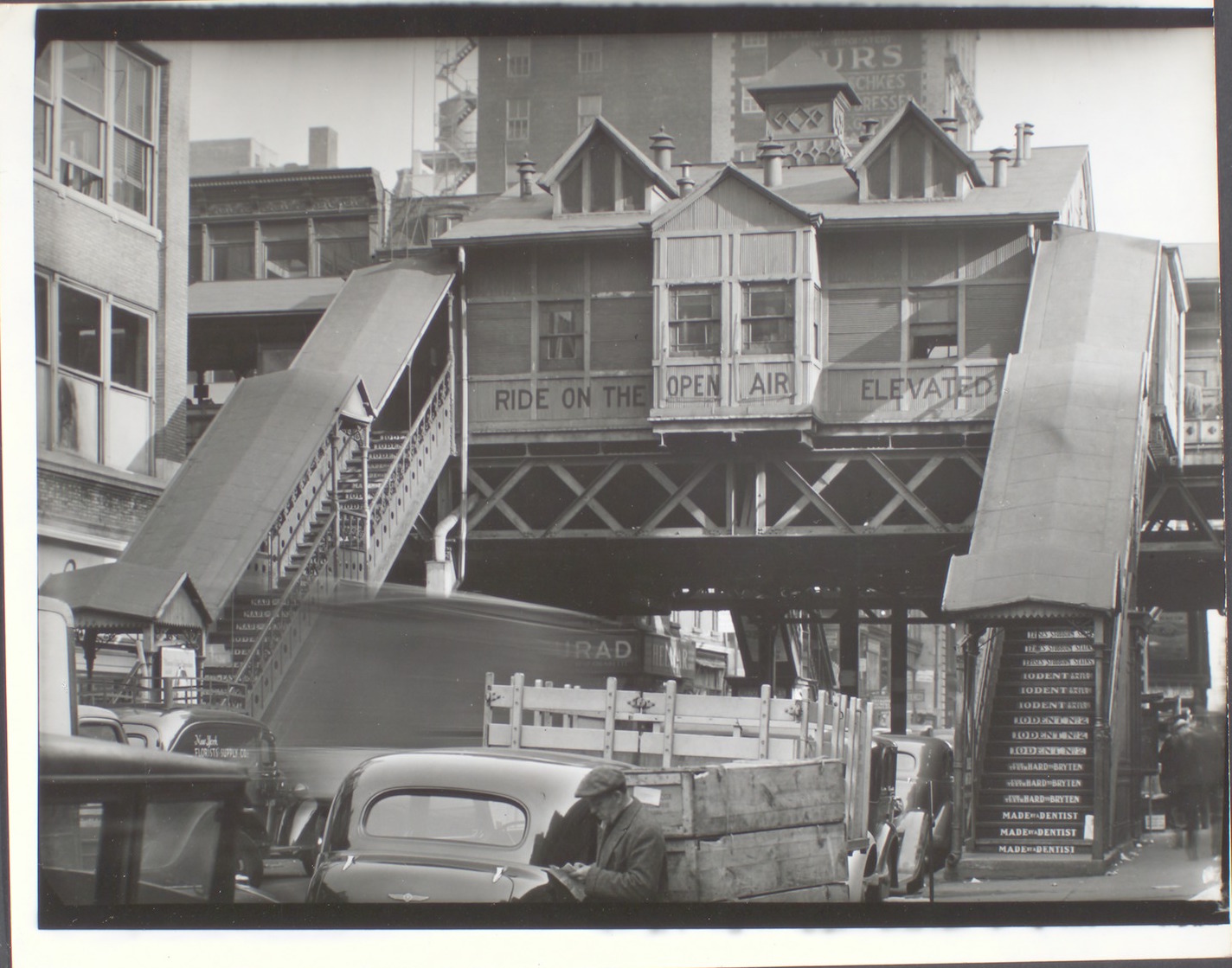
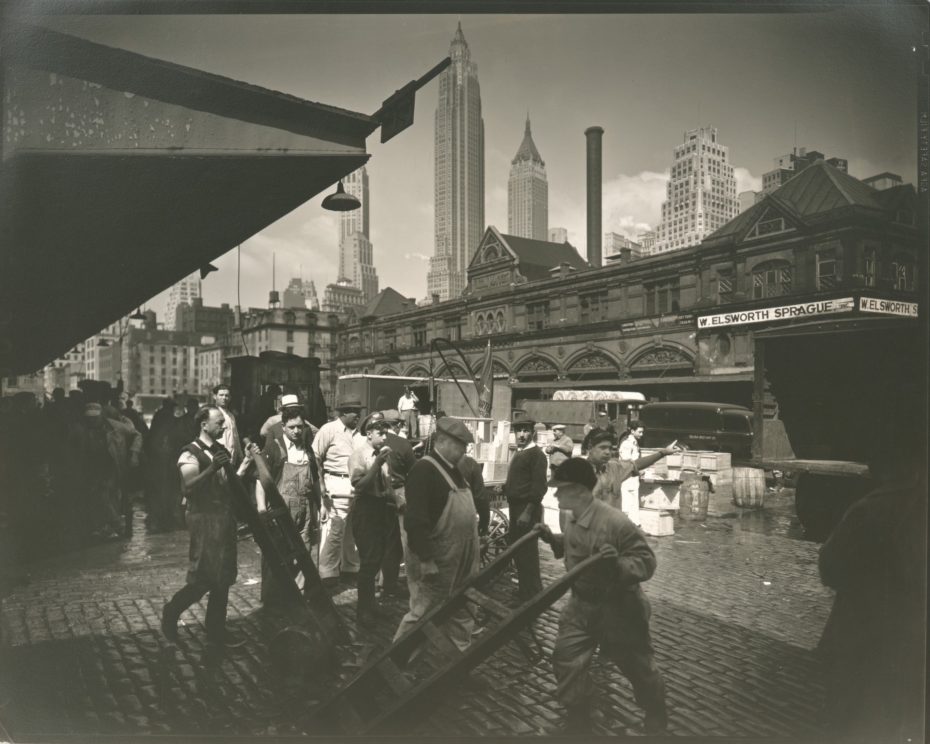
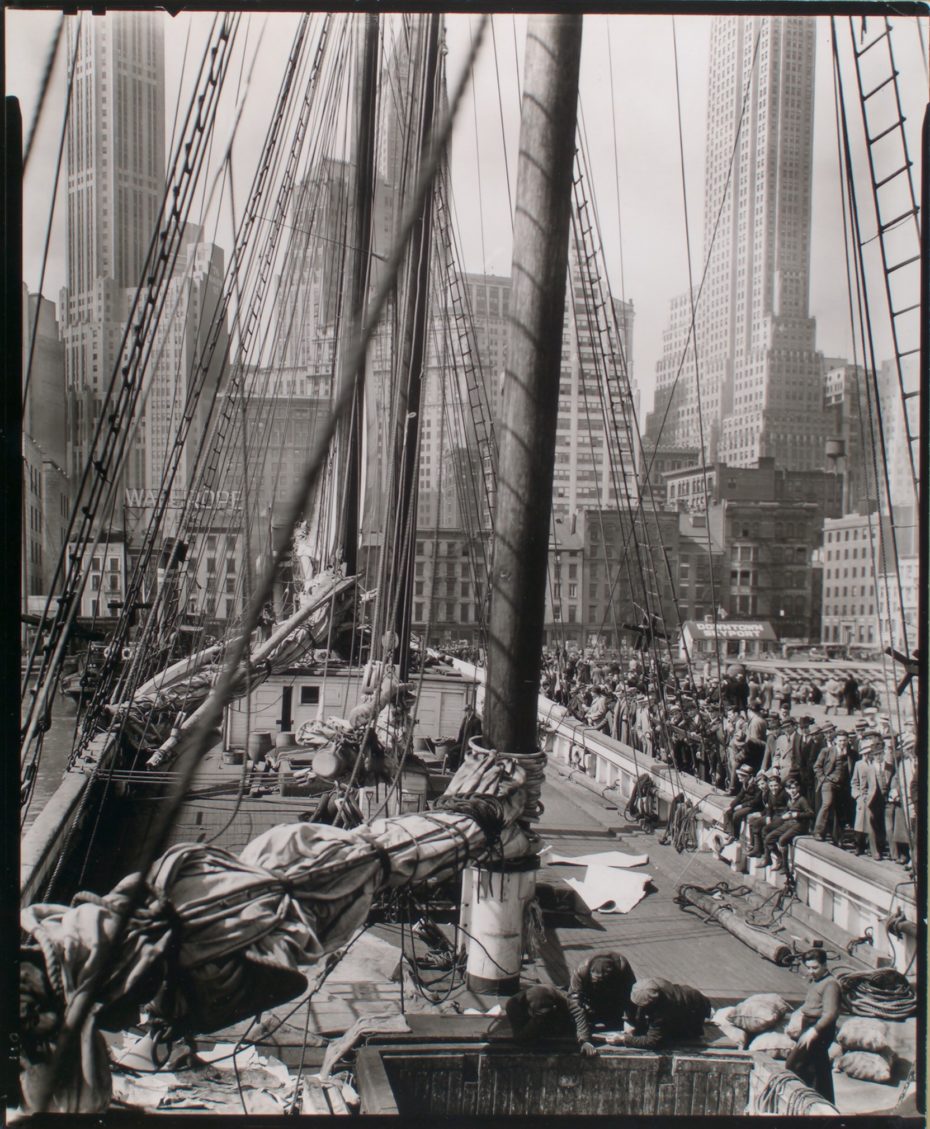
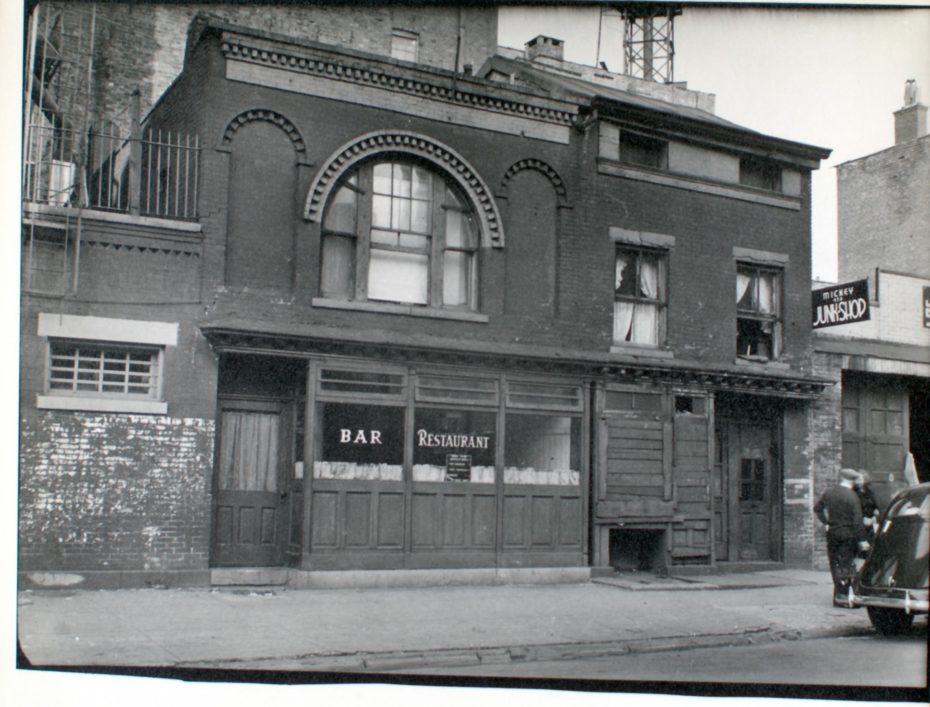
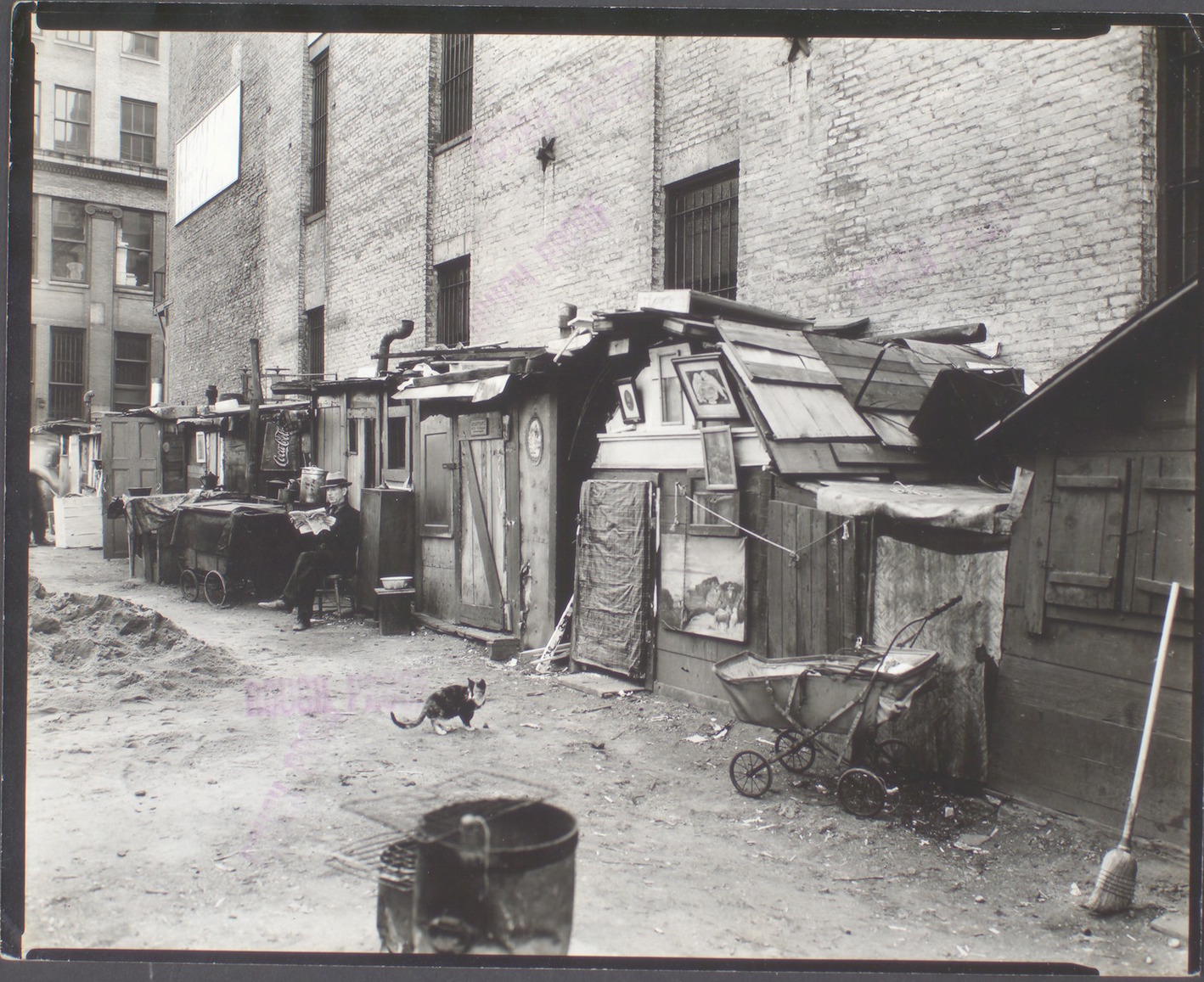
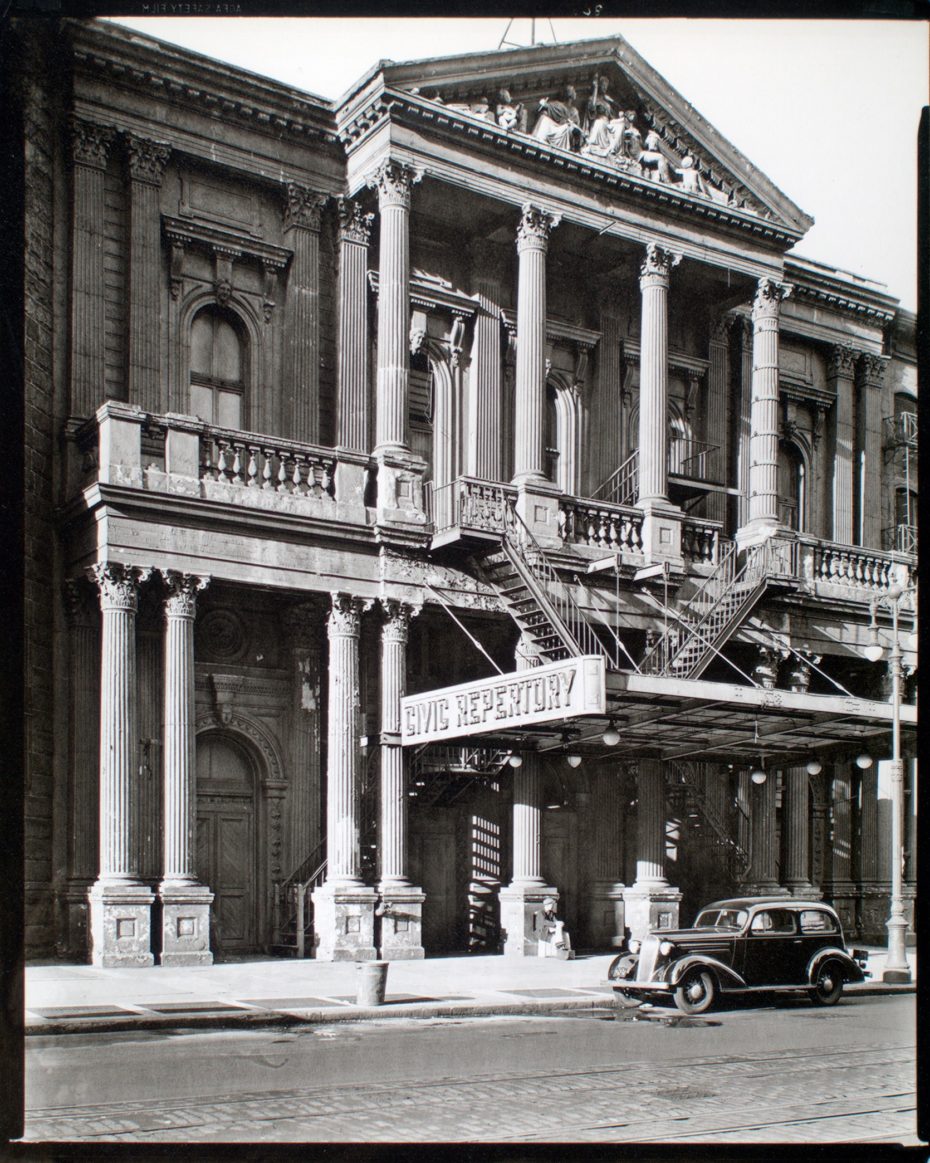
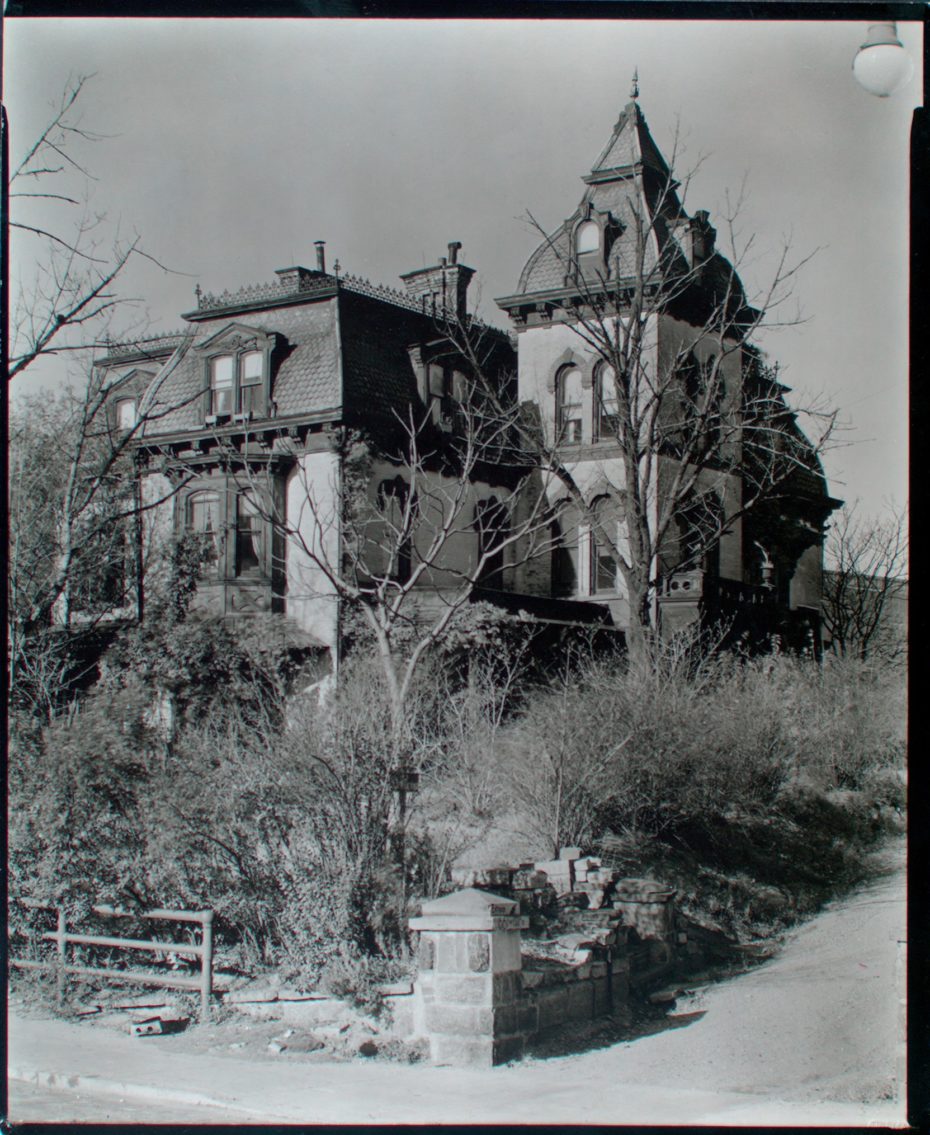
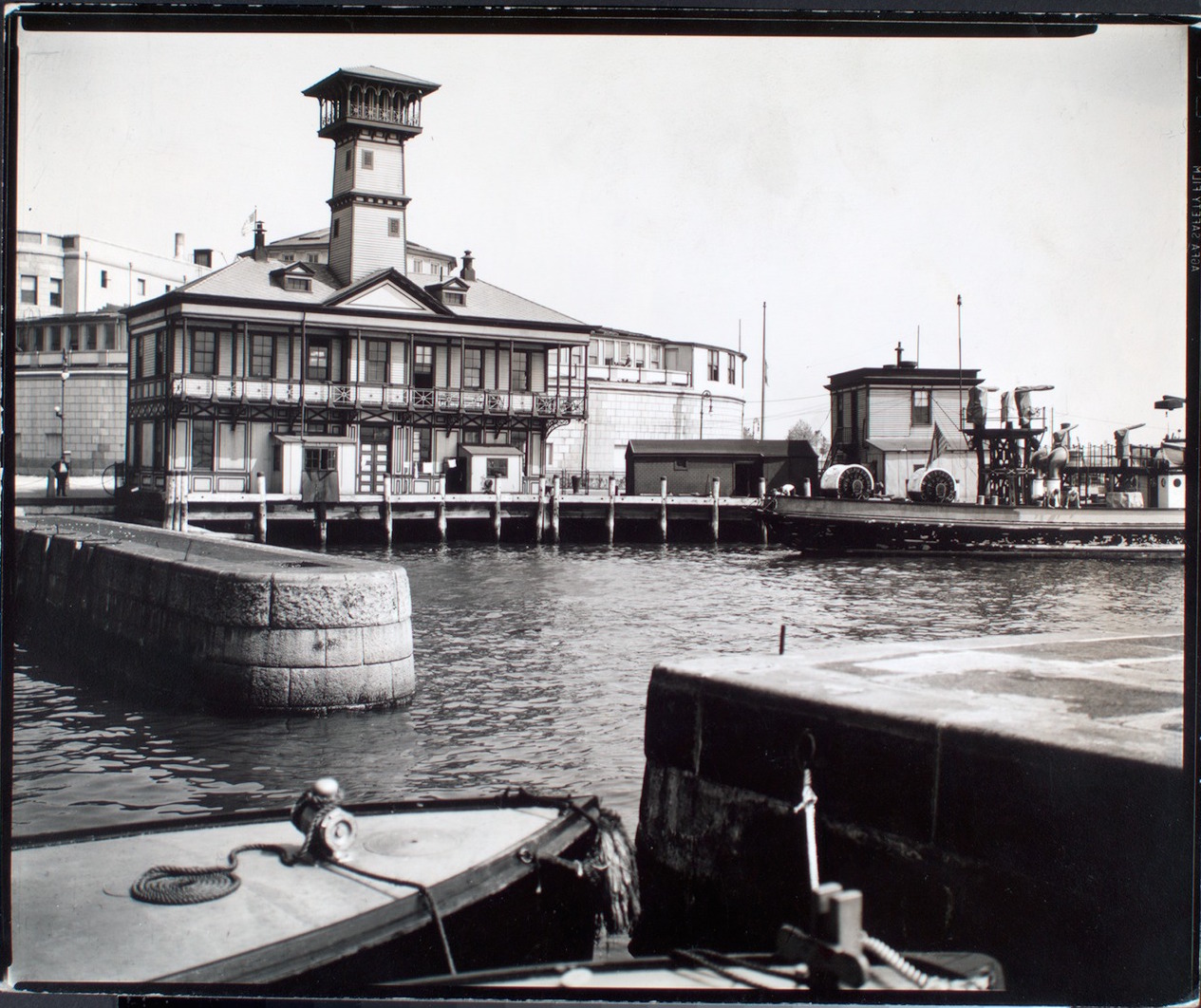
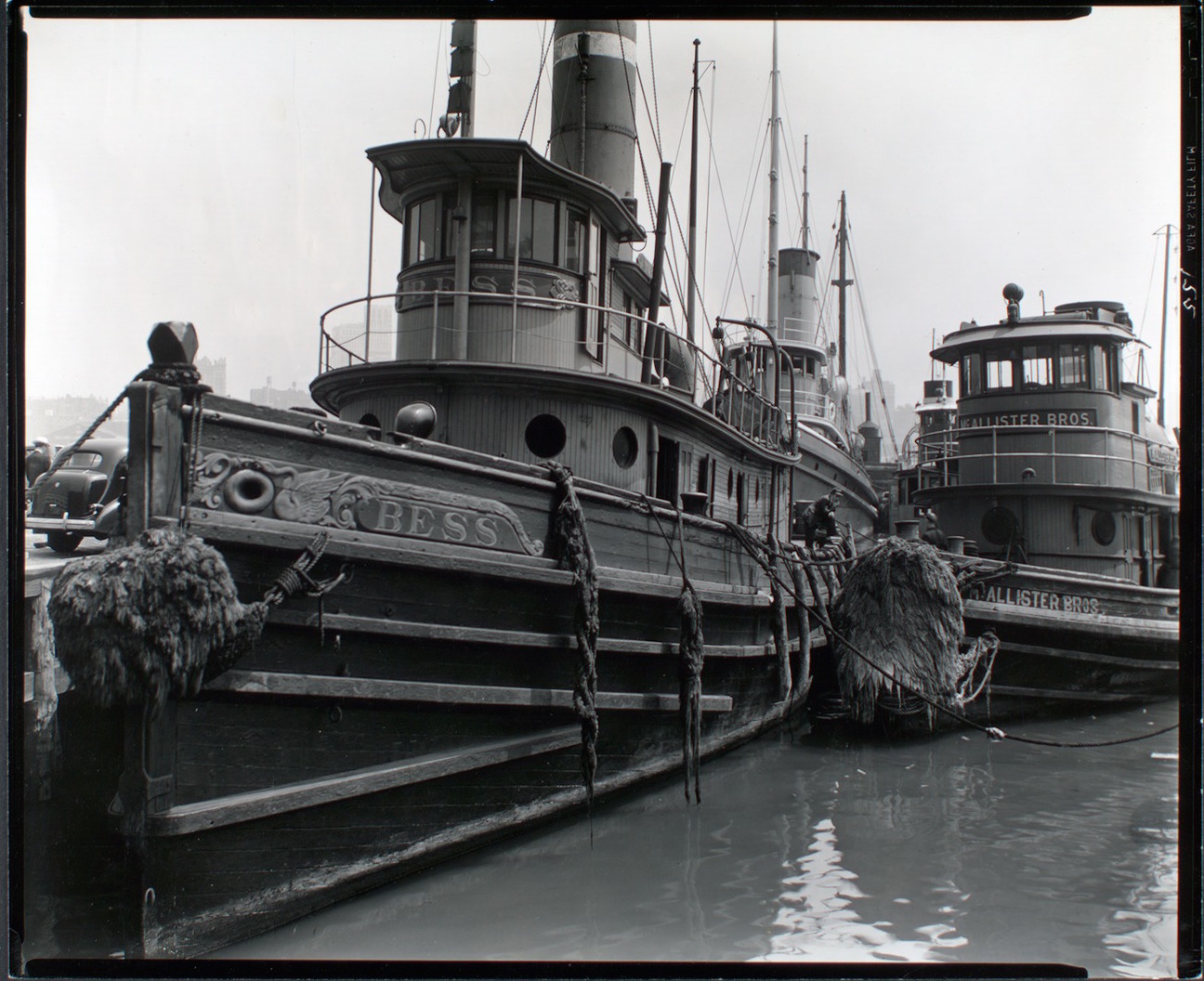
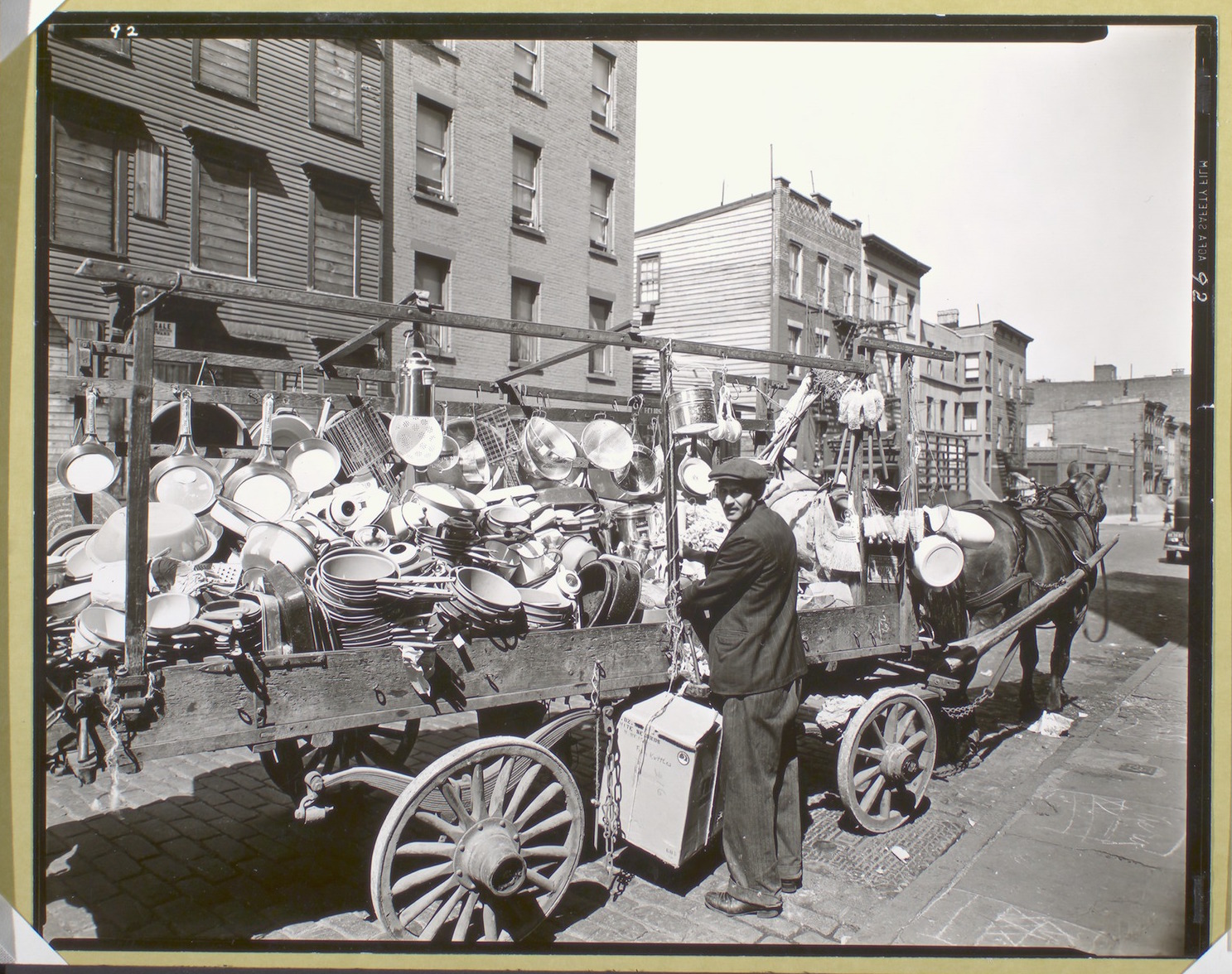
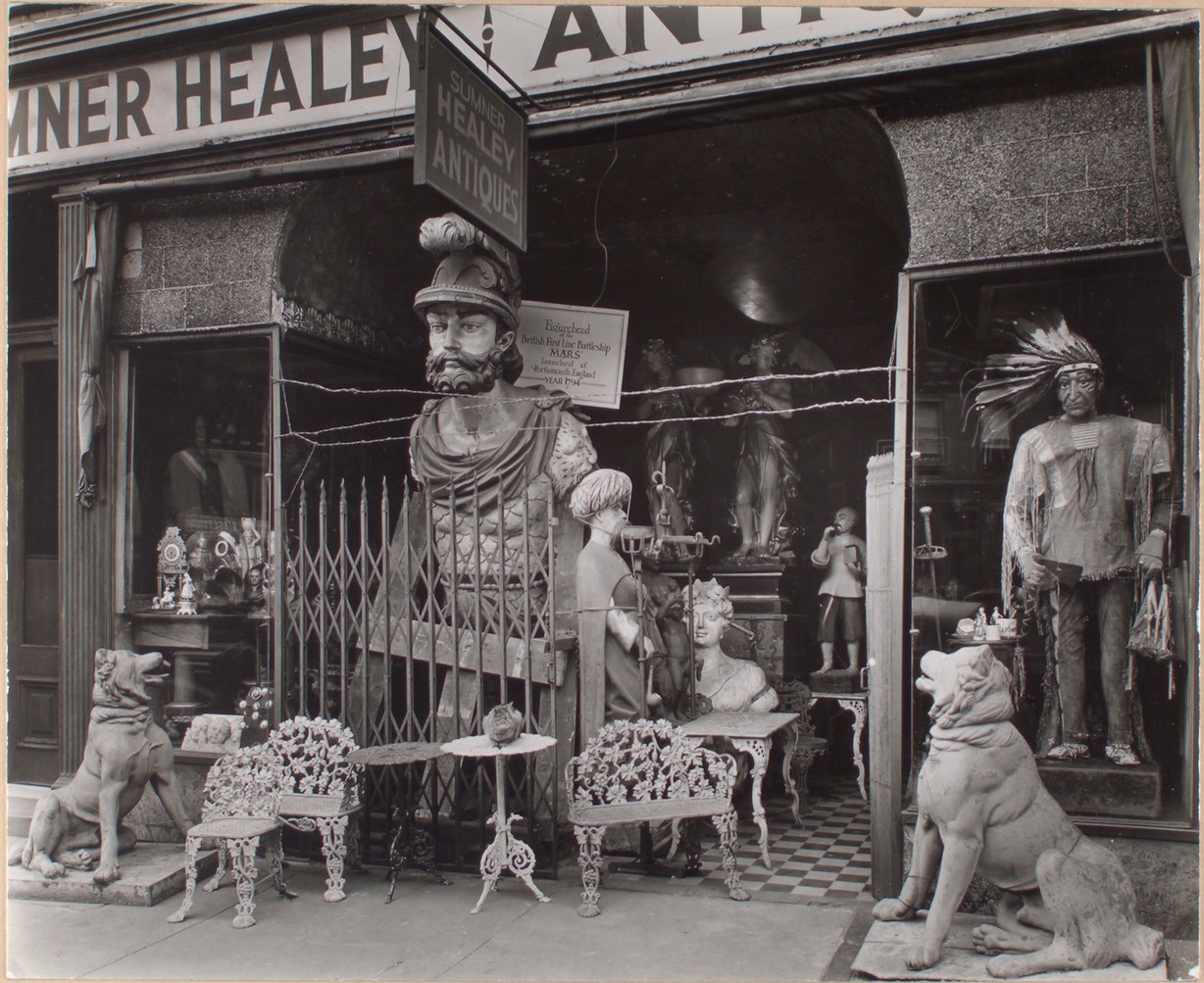
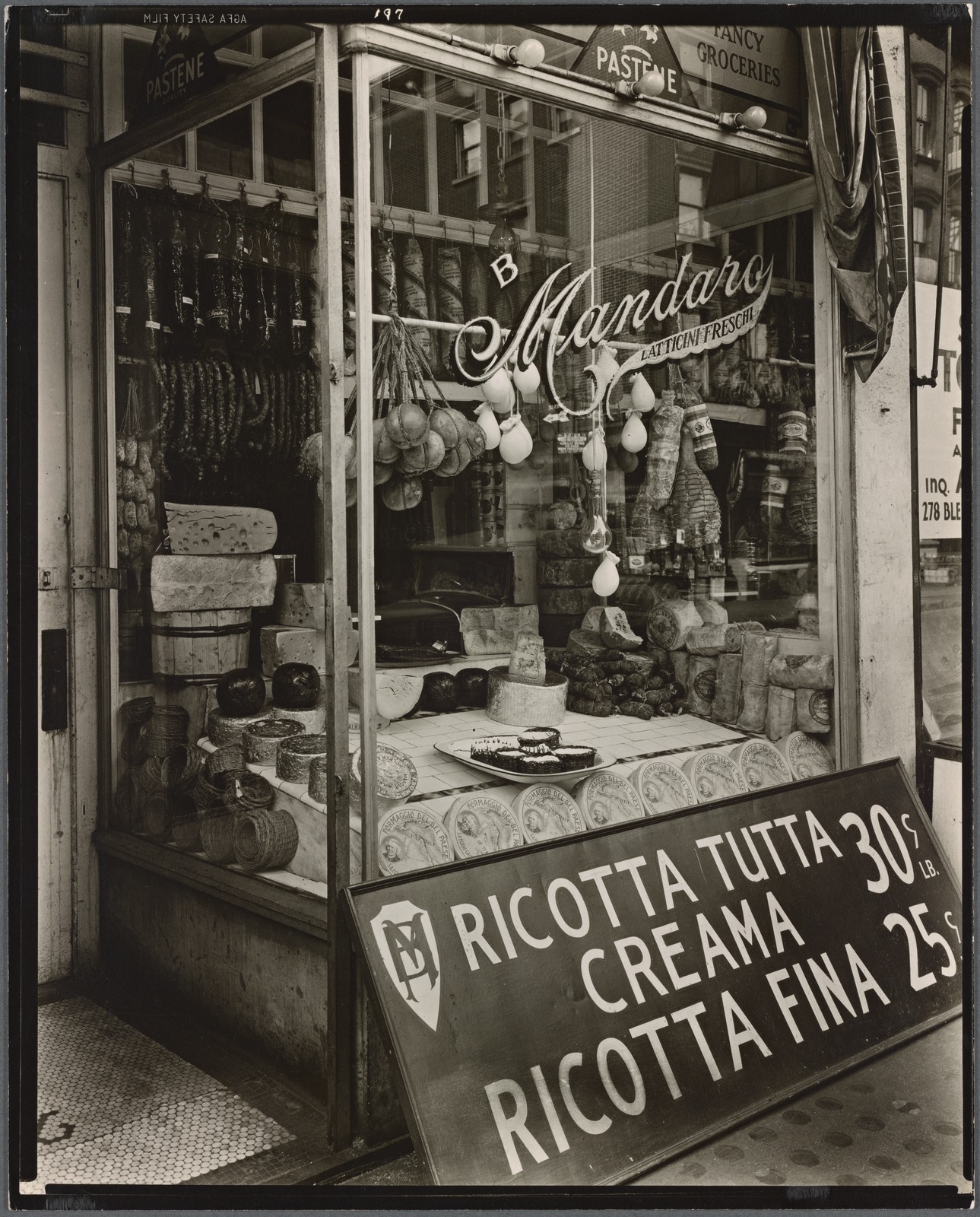
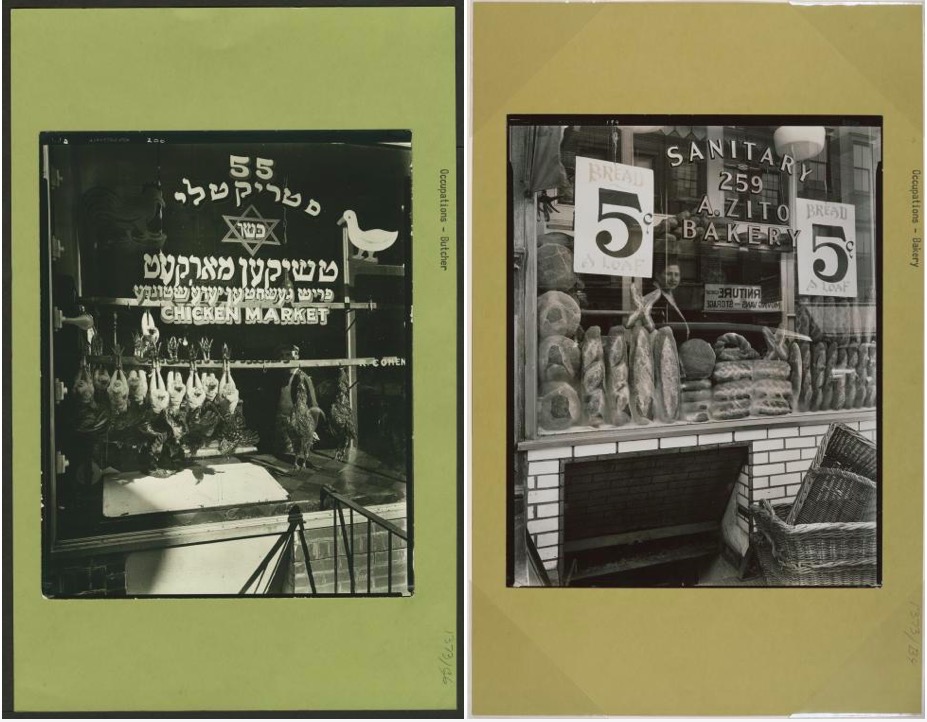
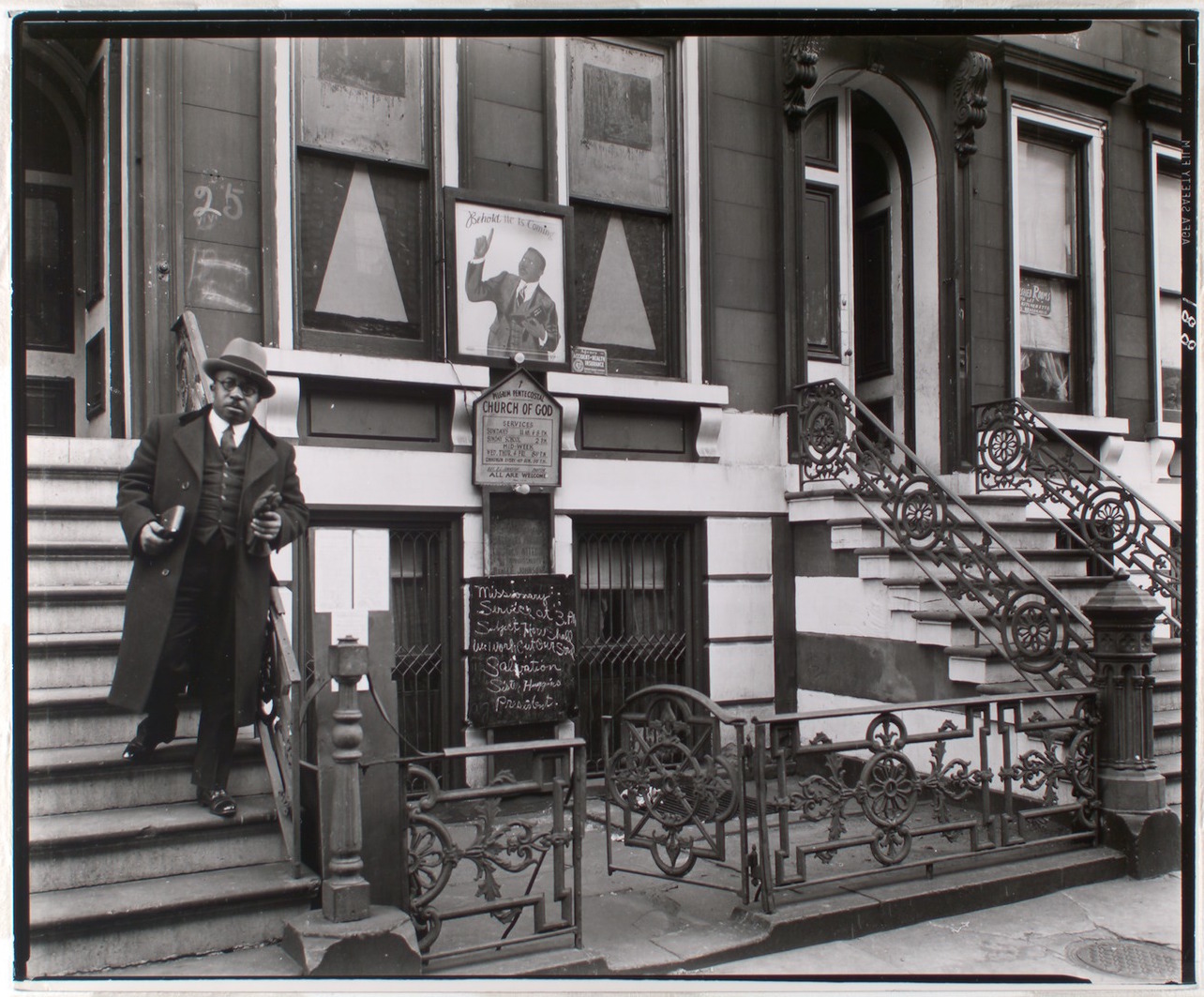
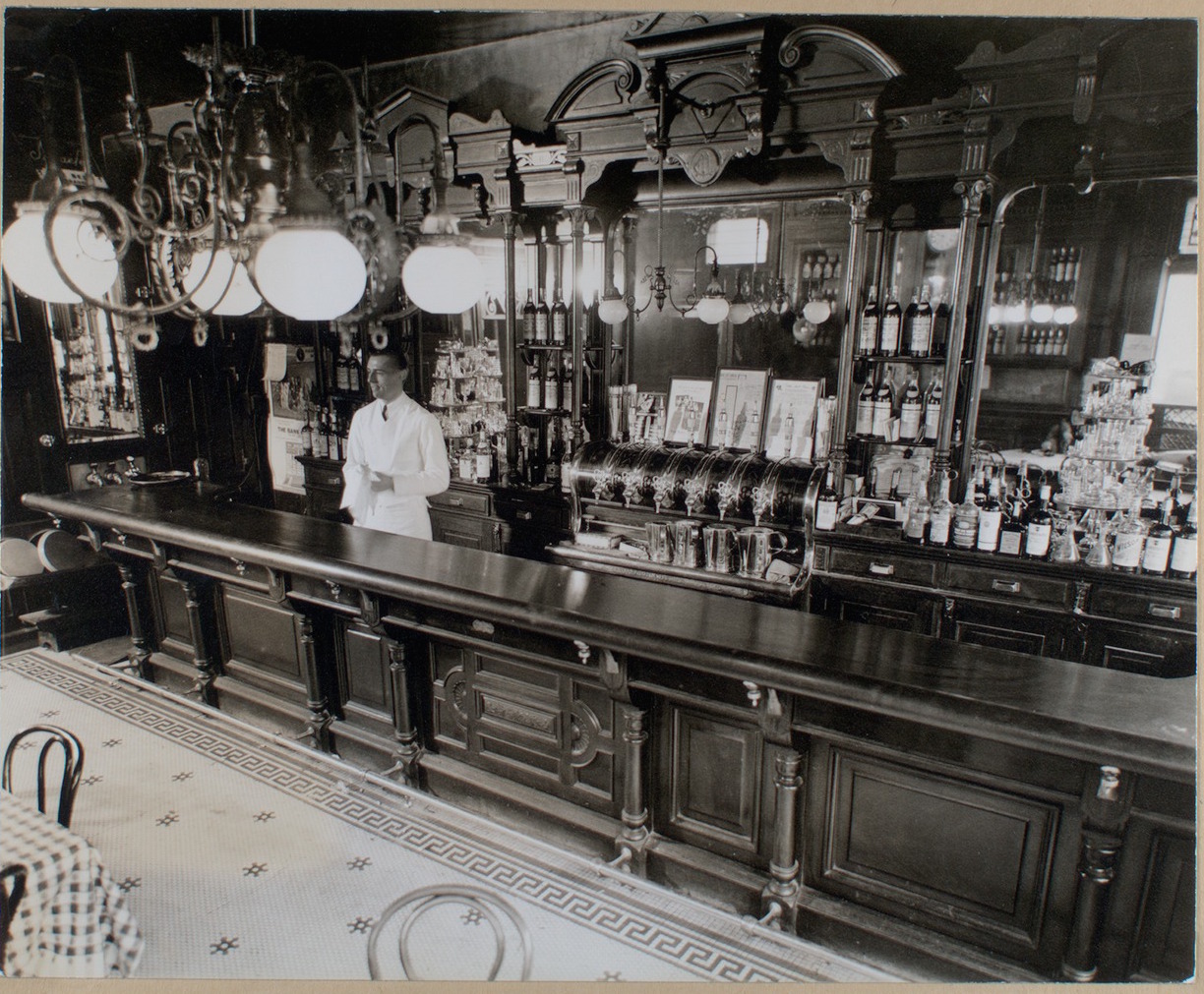
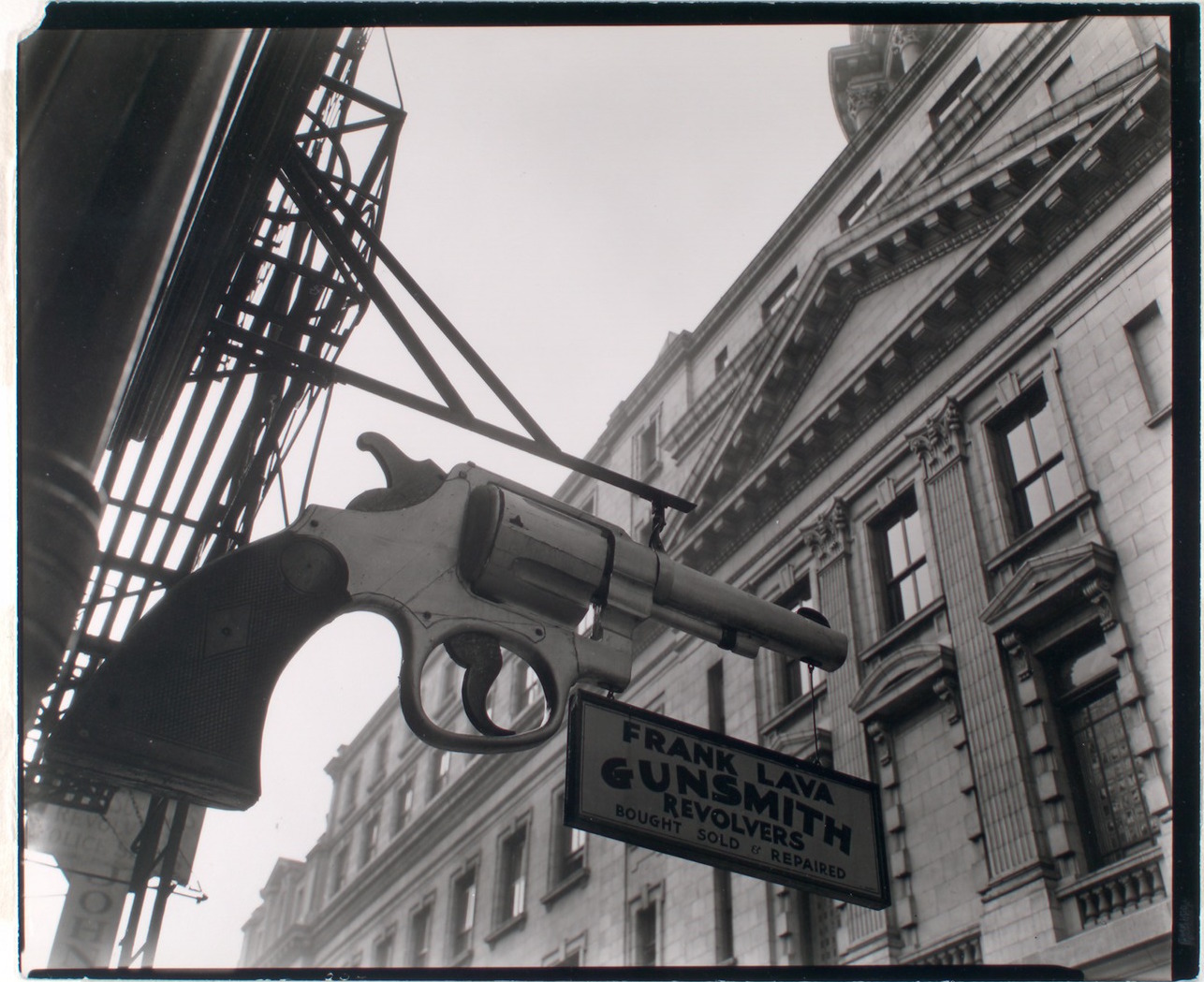
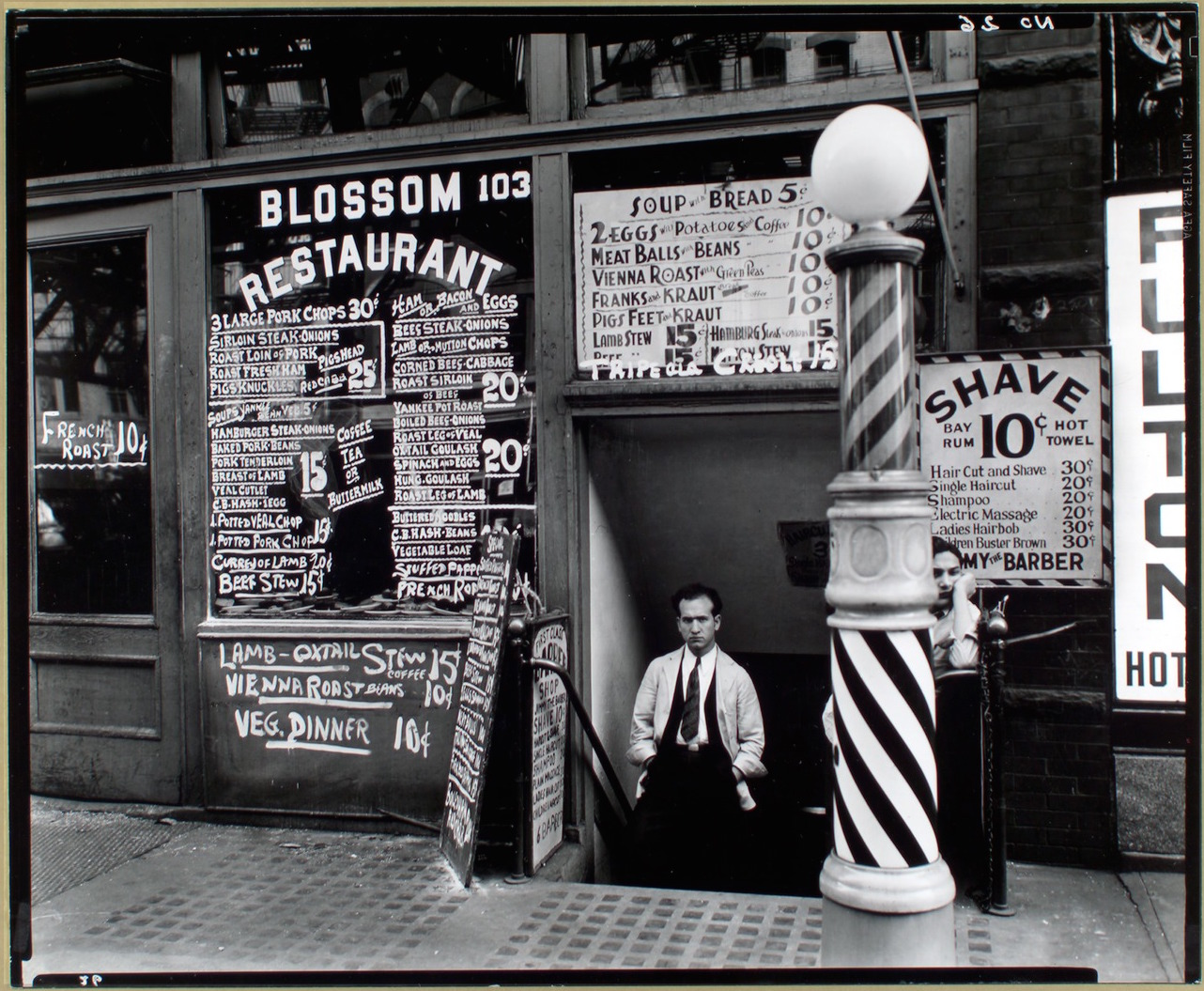
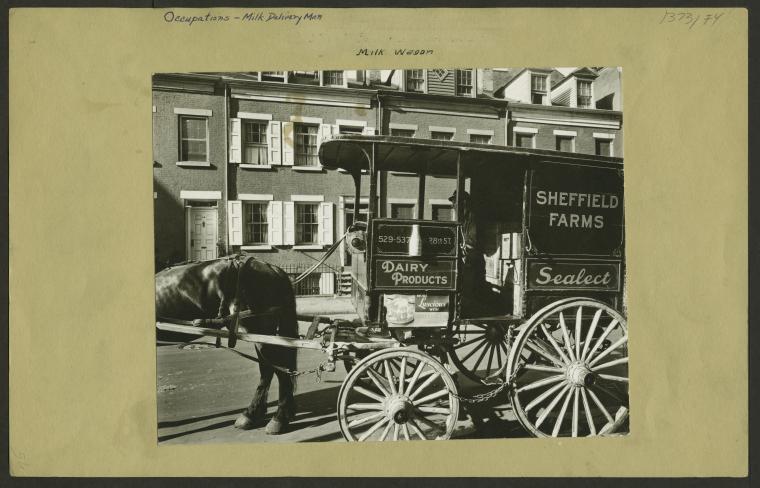
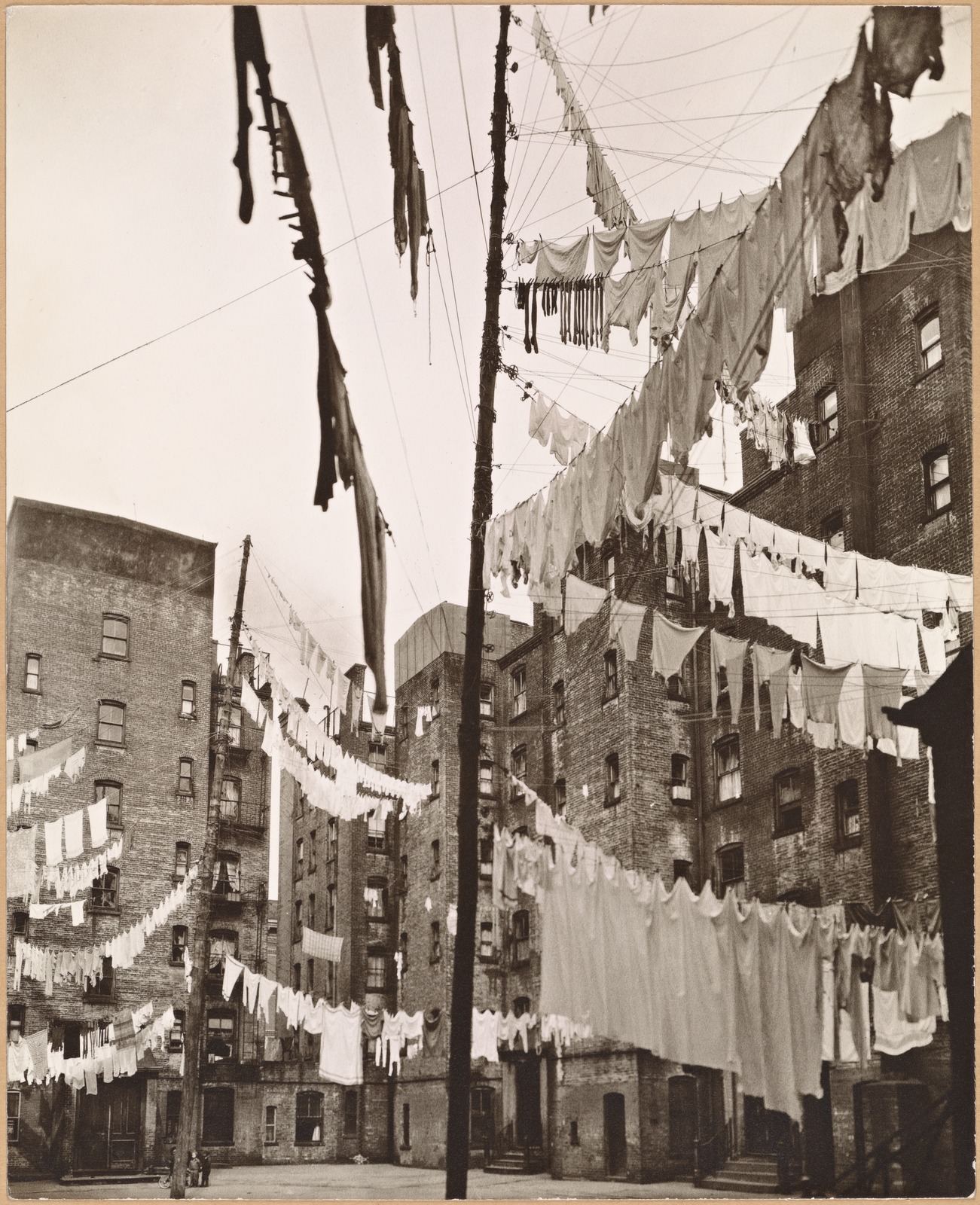
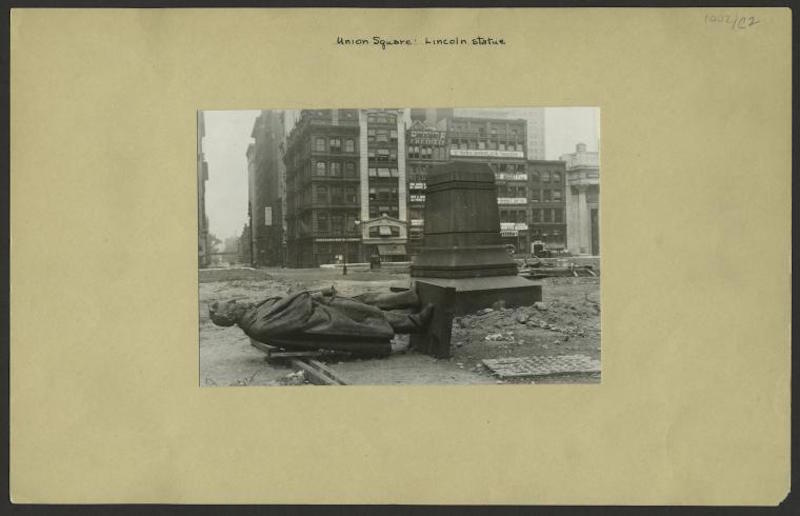
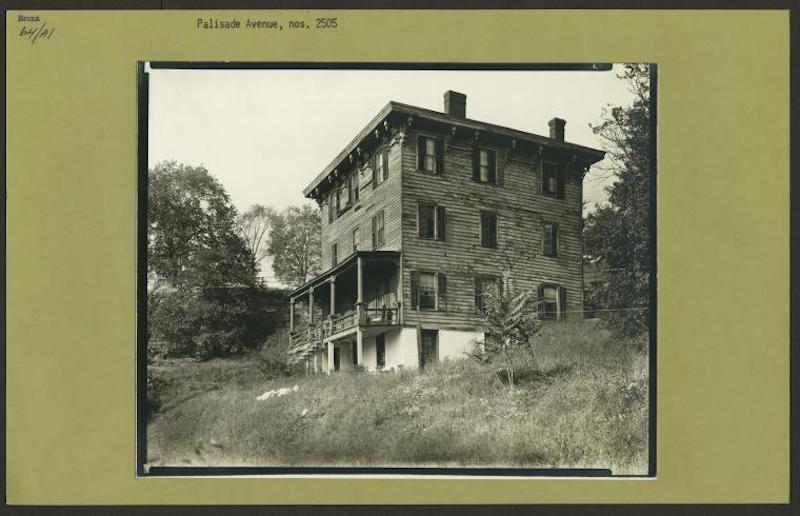
View the extended archive on the New York Public Library Digital Collections.


